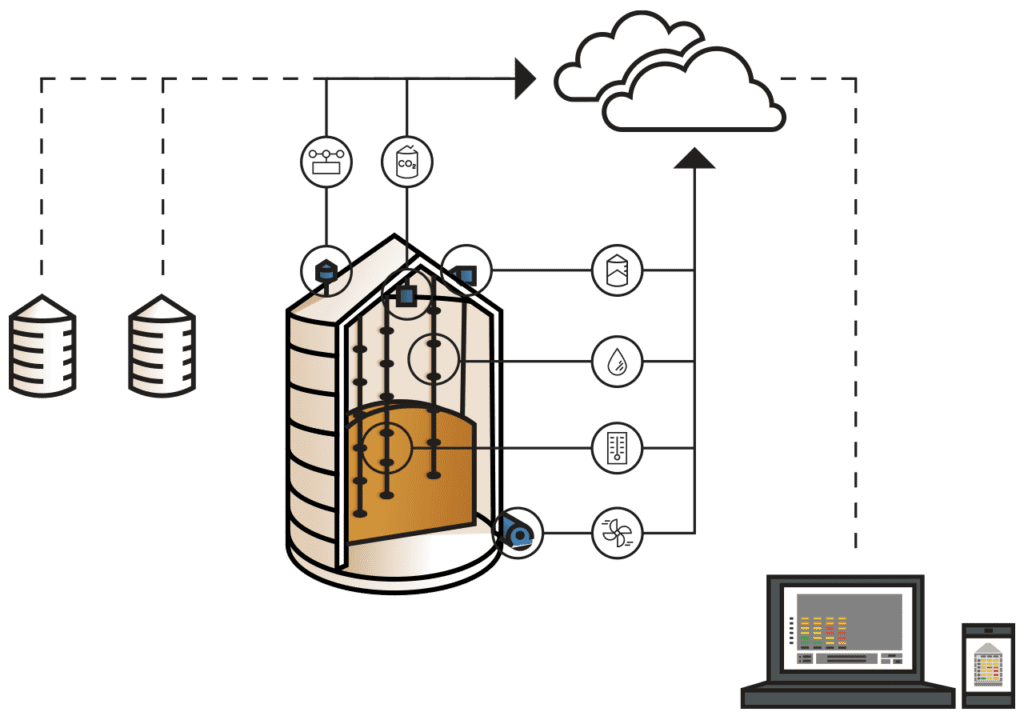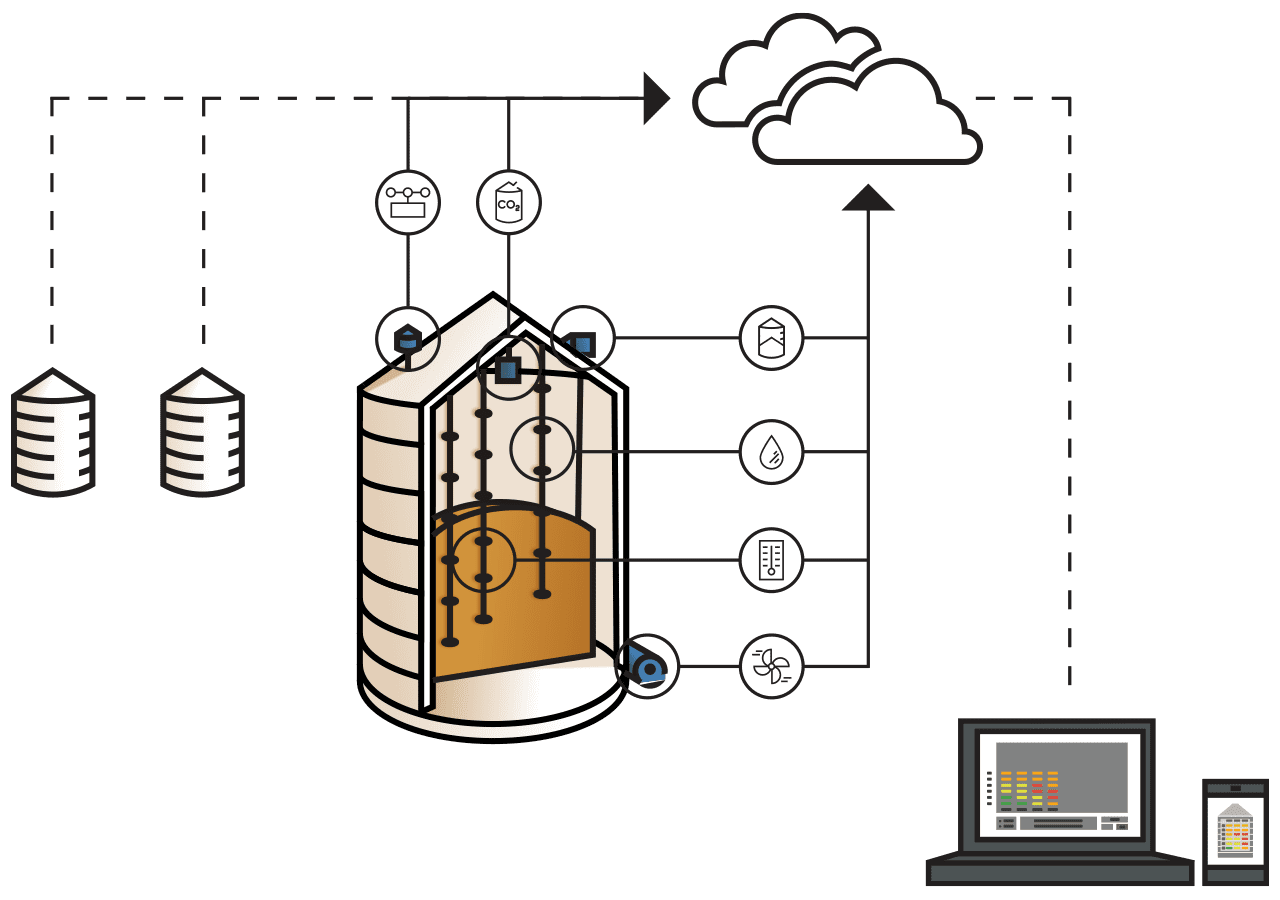In a year that’s brought little stability for farmers, it helps to know some things never change. Every five years since 1916, Congress has reauthorized the Grain Standards Act with very few changes. It looks like that won’t change much in 2020.
In June, the U.S. Senate Committee on Agriculture signed off on the bill. They send it to the full Senate for a vote with bipartisan support. The bill would extend the act through September 2025, adopting few changes requested by the National Grain and Feed Association.
The Grain Standards Act was originally signed into law by President Woodrow Wilson in 1916. It gave the Grain Inspection, Packers, and Stockyards Administration marketing standards for grain and oilseeds. It also required for the first time that all exported grains and oilseeds be weighed and inspected.
Originally set to last for five years through 1921, the act was extended for another five years by that year’s Congress. Over the last 100 years, it’s happened like clockwork. Every five years the current bill comes up for an extension and each time, Congress signs off.
As I said, there were very few changes in this year’s edition. But those tweaks were important enough that six national groups, including the U.S. Farm Bureau, requested them.
What are the changes? Let’s take a look.
Information Sharing in a New Era
Farmers, companies, and agencies need to share information. That was one of the issues raised by the National Grain and Feed Association. The group argued that state agencies don’t always do a great job communicating. They proposed three changes in hopes of promoting “increased data and information sharing” to help everyone who uses the system. All four made it into the final version.
First, state agencies would have to give farmers a 72-hour notice before closing any inspection or weighing services. It applies even on a temporary basis. As it stands, some farmers get notices on the day prior that an inspection site is shutting down. It matters, even for a holiday or maintenance.
Extending that window to 72 hours gives grain farmers time to find an alternative site. The 2015 version of the bill required states to give 72-hour notice to federal officials. This version provides every user with the same information.
Proper Use of Inspection Fees
The second change in this year’s bill requires user fees to be spent only on inspection and weighing services. “The user fees that grain handlers pay for inspection and weighing services should be directed only toward those activities.”
Association officials wrote a letter to Congress in June. “We appreciate Congress consistently appropriating funds for establishing and maintaining the U.S Grain Standards, as well as for internal monitoring of FGIS’ grain quality assessment methods and compliance activities – all of which have broad societal benefits.”
Right now, there is no requirement on how the money should be spent.
Grain Standards Act Review of Boundaries
The final change this year requires a comprehensive review of the current boundaries for all official grain inspection agencies. Are grain inspection agencies in the right location? Do they need to be relocated in order to make things easier on farmers? That’s what the Association is suggesting.
“Such a review has not occurred since FGIS was established in 1976,” Association officials wrote in their letter to Congress. “The resulting data will inform the agency and stakeholders about potential efficiencies and improvements to the system.”
For some farmers, it can be hard finding a service provider. Others have to drive two hours to the closest operation. In the 2018 Farm Bill, Congress gave farmers an alternative. They didn’t have to use official inspection agencies if those were too far away, the 2018 bill said.
If farmers could find a closer group that met the requirements, they could submit a request to use it instead. However, that often took weeks for approval. If the request was denied, farmers either had to search again or make the long trip to an official agency. This final change would solve the problem by reviewing boundaries for the first time in 44 years.
Storage Preparation for This Year’s Epic Harvest
While all these changes will help farmers, it will be at least a year before they take effect. In the meantime, farmers need to take steps to protect their grain assets. Farmers need to make sure there’s enough on-farm space to house grain, especially with the expectation of record harvests.
With greater demand for on-farm storage, it’s crucial that grain bins are fitted with proper temperature control systems. Tri-States Grain Conditioning has both portable and remote grain temperature monitoring so farmers can protect grain assets.
For advice about this year’s grain storage, you can call us at 1-800-438-8367, contact us here or on live chat to get the information you need. We’ll help you get the greatest return on your investment by keeping your grain in top condition. Talk to a grain storage specialist today!



